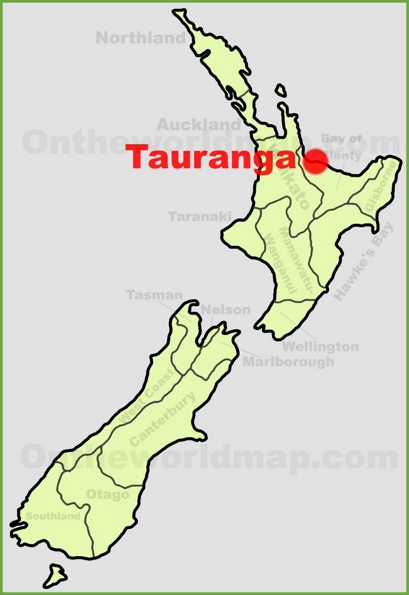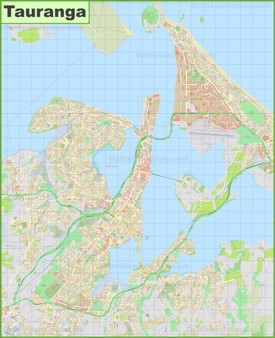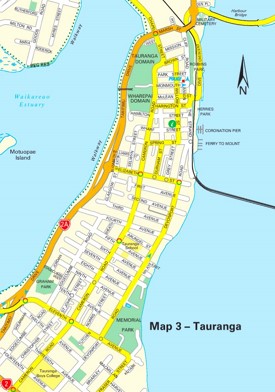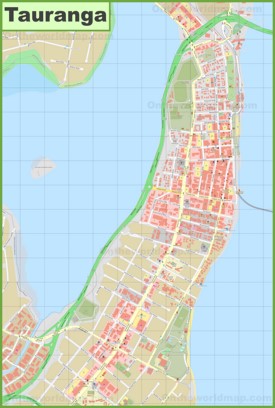Tauranga Maps
Online Map of Tauranga
About Tauranga
Tauranga is a coastal city located in the Bay of Plenty region on New Zealand's North Island. It is the fifth-largest city in New Zealand and the most populous city in the Bay of Plenty. As of 2024, Tauranga has a population of approximately 163,000 residents, making it one of the fastest-growing urban areas in the country.
The city's name comes from the Māori language, where "Tauranga" means "sheltered anchorage" or "resting place." The area was first settled by Māori tribes in the 13th century. European settlement began in the early 1830s with the arrival of missionaries. The city was officially established in 1882 and received its city status in 1963.
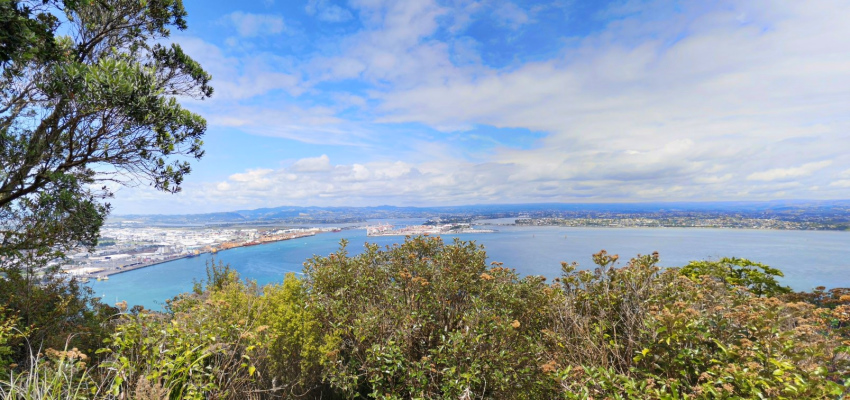
Tauranga's economy is primarily driven by its port, Port of Tauranga, which is New Zealand's largest port by cargo volume and the main export hub for the country's kiwifruit industry. The region is also known for its horticulture, particularly kiwifruit and avocado production. Tourism plays a significant role in the local economy, with the city serving as a popular destination for both domestic and international visitors.
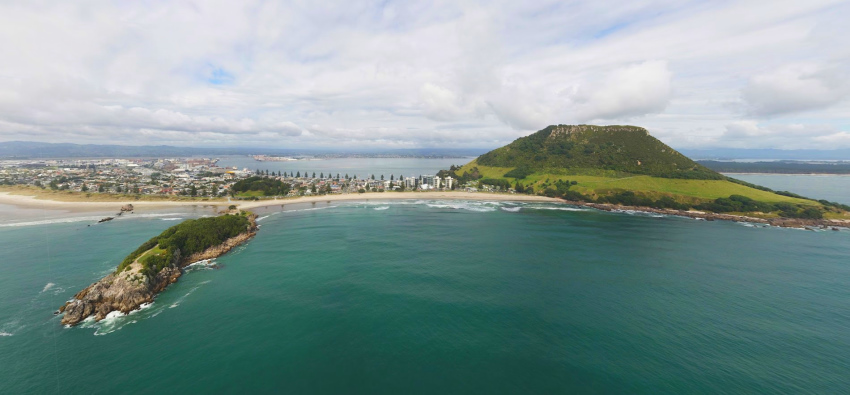
The city's most iconic landmark is Mount Maunganui (Mauao), an extinct volcanic cone rising 232 meters above sea level at the entrance to Tauranga Harbor. The mountain features several walking tracks and offers panoramic views of the Bay of Plenty. The adjacent Mount Maunganui Beach is consistently ranked among New Zealand's best beaches and is a popular spot for surfing, swimming, and other water activities.
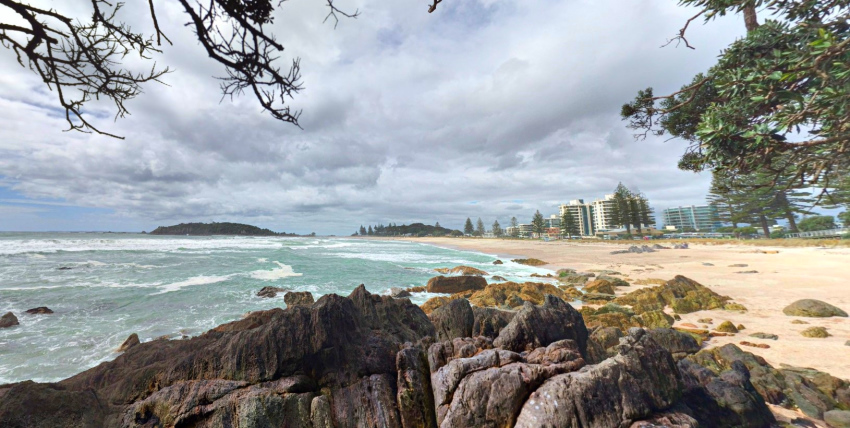
Other notable attractions include McLaren Falls Park, a 190-hectare parkland known for its waterfall and botanical collections; the Tauranga Art Gallery; and The Elms Mission Station, one of New Zealand's oldest heritage sites. The city is also home to various cultural events, including the National Jazz Festival held annually during Easter weekend.
Tauranga experiences a temperate climate with warm, humid summers and mild winters. The city receives an average of 2,200 hours of sunshine annually. The urban area is well-connected through State Highways 2 and 29, while Tauranga Airport serves as the region's primary aviation hub, offering regular domestic flights to major New Zealand cities.
The Facts:Region: Bay of Plenty.
Island: North Island.
Population: ~ 162,800 (June 2024).
Suburbs of Tauranga: Gate Pa, Greerton, Hairini, Welcome Bay, Poike, Maungatapu, Tauranga South, Arataki, Kairua, Omanu, Merivale, Pyes Pa, Tauranga CBD, Matapihi, Mount Maunganui, Moturiki Island, Bellevue, Bethlehem, Brookfield, Judea, Motuopuhi Island (Rat Island), Motuotau Island, Ohauiti, Waikareao Estuary, Matua, Omanawa, Otūmoetai, Tauriko, The Lakes Village, Papamoa Beach, Waitao.
Main sights in Tauranga: Tauranga Art Gallery, Memorial Park, Yatton Park, Te Puna Quarry Park, Mount Maunganui, Pilot Bay.
Postcodes: 3110, 3112, 3116, 3118.
Area code: 07.
Google Map of Tauranga
Website: www.tauranga.govt.nz.
Universities in Tauranga: Toi Ohomai Institute of Technology, University of Waikato.
Maps of New Zealand
Cities of New Zealand

